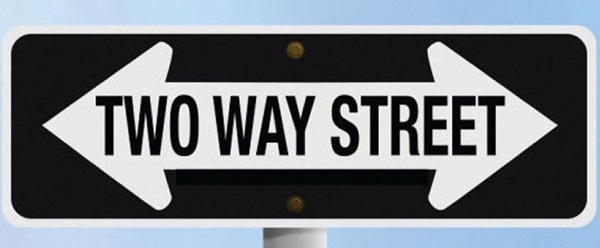It is not hard to imagine that many people in our denomination see our connectional system as a one-way street. From the perspective of the person in the pew, just the word "connectional" brings to mind the idea of money flowing from local members through the local church and then on to the conference, and then maybe from the conference to the global church to respond to some great need or emergency situation. It is an understandable perspective.
Consider the work of our United Methodist Committee on Relief (UMCOR). For more than eighty years, this agency has been the arm of the church that receives our donations and responds to natural disasters, here in the U.S. and abroad. However, UMCOR is a great example of how our connectional system flows effectively in the other direction as well. UMCOR's offices do not include a room staffed by an army of relief workers waiting for a disaster to happen; we are the army. So when a hurricane or flood impacts your community, your annual conference will respond to UMCOR with information about what United Methodist "assets" are present in that community. Do we have a church there? Does the district or conference have any folks who have received training in disaster response? Is there any equipment (trucks, trailers, etc.) available to be used? Most importantly, is there a plan in place, and how much money will be needed to get the plan up and running? Then money is dispatched, even as churches across the denomination are planning special offerings and collecting gifts and supplies to help alleviate the suffering. The whole church counts on your church, district, and conference to be the "boots on the ground," especially in the first days of disaster recovery.
I was working for United Methodist Communications a decade ago when The United Methodist Church was first approached by the United Nations Foundation to join in the fight to reduce the number of childhood deaths from Malaria in Africa. Three thousand children were dying from malaria each day—one death every thirty seconds. The campaign was called "Nothing but Nets," which later transitioned for The United Methodist Church (UMC) into "Imagine No Malaria." The UMC got involved in a big way, eventually raising more than $70 million for bed nets and providing education about how to use the nets effectively. However, the UN Foundation didn't approach the UMC because we were a great source of raising dollars. They needed a partner that had a network of churches and mission stations across Africa, and we were the best partner for that need. So it was our connectional relationships across Africa that made it possible to get bed nets to villages and families in some of the most inaccessible parts of Africa. That impact is a great story of the power of strong connections and networks. If you check with the World Health Organization today, you'll find that every two minutes, a child dies of malaria – still way too many children, but that statistic has been cut to a quarter of what it was when The United Methodist Church got involved.
By being part of a connectional church, you have the opportunity to give and bless others with the love of God, here and all around the world. You and your church are part of a network that can be powerful agents of change and transformation. You are the hands and feet of Christ, deployed on the front lines of ministry for your community and the world.
Rev. Dr. Ken Sloane, Director, Stewardship & Generosity, Discipleship Ministries, The United Methodist Church.
United Methodist Church Giving is about people working together to accomplish something bigger than themselves. In so doing, we effect change around the world, all in the name of Jesus Christ. To read stories about the generosity of United Methodists click here.





